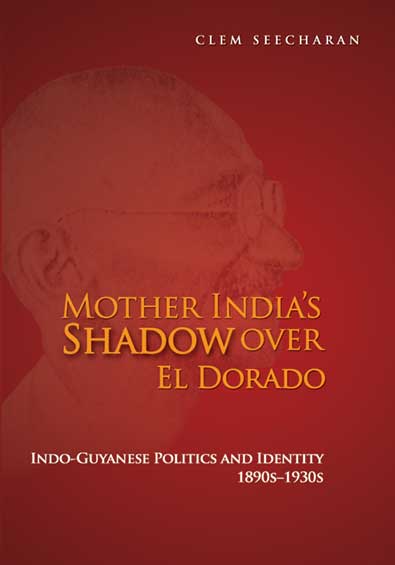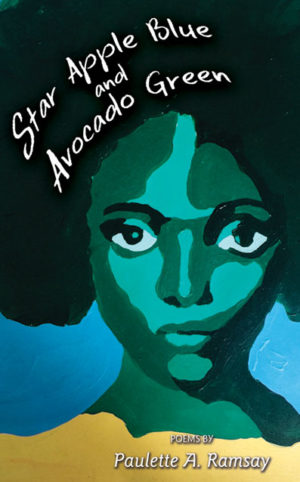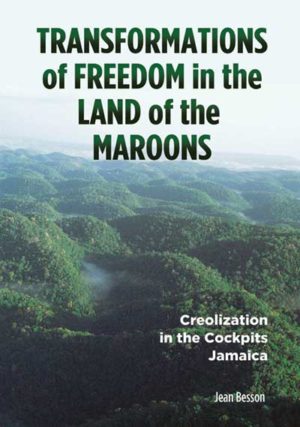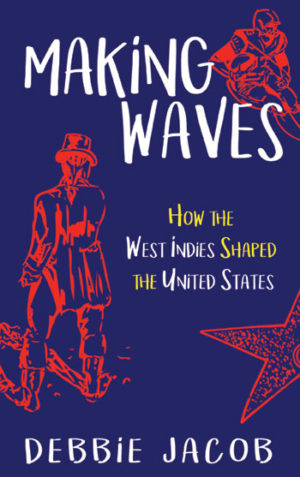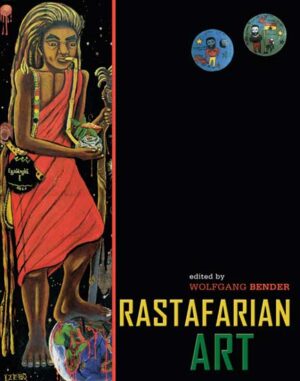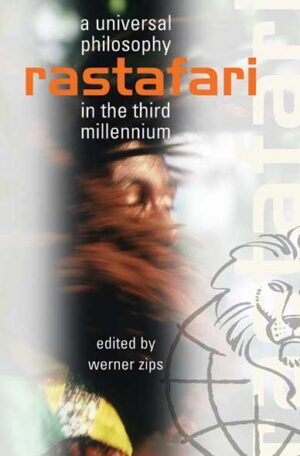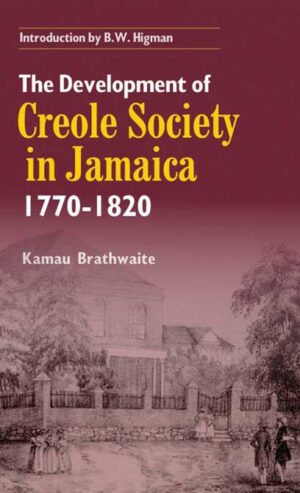Description
Multiple constructions of India, as homeland, have been central to the shaping of Indo-Guyanese identity. An imagined India – part fact, part fantasy – has continually woven into the Indo-Guyanese consciousness a rich, elevating perception of self: an antidote to the deflating image of the ‘coolie’ that lingered when the last Indian indentures were cancelled in 1920.
In Mother India’s Shadow over El Dorado: Indo-Guyanese Politics and Identity, 1890s-1930s, Clem Seecharan reconstructs the circumstances surrounding the development of Indo-Guyanese nationalism. He assesses the impact of the Golden Age of the Ramayana; the glories of ancient India unearthed by British scholars/administrators (Indologists); and Gandhi’s virtual deification in his campaign for India’s freedom. An India seen to be in revolt against imperial rule inspired several Indo-Guyanese intellectuals, such as Joseph Ruhomon, Peter Ruhomon and J.I. Ramphal, to popularise an image of Mother India that bolstered Indo-Guyanese self-esteem.
Drawing on a range of primary sources, the book presents a comprehensive picture of the ‘many Indias’ Indo-Guyanese (Hindus, Muslims and Christians) embraced in countering the ‘coolie’ stain, while seeking to belong in creole society. On the flip side, the consuming El Dorado syndrome in Guyana bred a discernible triumphalism among Indo-Guyanese, manifested in the Colonisation Scheme of the 1920s and the associated ideas of creating an ‘Indian colony’ or a ‘Greater India’ in Guyana. This kindled a resilient fear, among African-Guyanese, of Indian economic and political domination which still haunts the country.
Seecharan handles these complex issues lucidly and authoritatively. Mother India’s Shadow is indispensable in comprehending the smouldering ethnic insecurities of contemporary Guyana.
About the Author
Clem Seecharan is Professor of Caribbean History at London Metropolitan University. His books include Sweetening ‘Bitter Sugar’: Jock Campbell, the Booker Reformer in British Guiana, 1934-66 (awarded the Elsa Goveia Prize (2005) by the Association of Caribbean Historians), Muscular Learning: Cricket and Education in the Making of the British West Indies at the End of the 19th Century and From Ranji to Rohan: Cricket and Indian Identity in Colonial Guyana, 1890s-1960s.
Contents
Introduction Framing the Indo-Guyanese Narrative: ‘Many Indias’ in El Dorado
Part 1: The Shaping of the Indo-Guyanese People, 1890s–1918
- Amnesia and Myth in the Making of the Past
- Indology and the Awakening of India
- India’s Awakening and the Imagining of the ‘East Indian Nation’ in British Guiana, 1890s–1918
- India’s War Effort and Indo-Guyanese Identity with the Empire, 1914–19
Part 2: Finding a Voice: The British Guiana East Indian Association, 1916–25
- The Origin of Indian Politics in British Guiana
- The 1916 Political Watershed: The Egerton Recall
- Finding Their Feet: The General Elections of 1916
- The 1916 Watershed and its Aftermath: The British Guiana East Indian Association and Factionalism, 1919–25
- Indians and the Franchise: Embracing the Representative Principle, 1921–
Part 3: The British Guiana Colonisation Scheme, 1919–29: An ‘Indian Colony’ Aborted?
- The Origin of the Colonisation Scheme and Local Responses, 1919
- The Origins and Context of J.A. Luckhoo’s Idea of an Indian Colony in British Guiana
- The First Nunan-Luckhoo Deputation to India, 1919–20, and the Response of the Nationalists
- The Pillai-Tivary/Keatinge Deputation to British Guiana, 1922
- The Second Nunan-Luckhoo Deputation to India, 1923–24
- The Ruimveldt Shootings (1924): The Colonisation Scheme and African-Indian Relations
- Maharaj Singh’s Deputation to British Guiana (1925) and the Death of the Colonisation Scheme, 1925–28
- Governor Guggisberg’s Idea of Colonisation, Andrews’s Sojourn and ‘Racial Balance’ in British Guiana, 1928–29
Part 4: Indians and Constitutional Change, 1916–28
- Racism, the Ruse of Development and Constitutional Change, 1916–24
- Governor Thomson, Race and a New Initiative to Suspend the Constitution, 1925
- Indians and the Suspension of the Constitution, 1926–28
Part 5: Indian Nationalism and Indo-Guyanese Identity, 1920–29
- Gandhi and Indo-Guyanese Pride in Mother India in the 1920s
- India’s Emissaries and Indian Identity in British Guiana – The Early 1920s
- The Context and the Impact of Mother India’s Luminaries in British Guiana: Jaimini and Andrews, 1929
Part 6: The Anatomy of an Awakening: Intellectual Images of India in Indo-Guyanese Thought in the 1930s
- Peter Ruhomon and Indian Identity in British Guiana
- Bifurcated Nationalism: African and Indian Identities in the 1930s
- J.I. Ramphal (‘Akbar Shah’) and the Education of Indian Girls, 1932–33
- J.I. Ramphal and His Encounters with J.B. Cropper: The Making of His Rebellious Temperament
- J.I. Ramphal (‘Akbar Shah’/ ‘Lala Lajpat’) and the Sustaining Vision of Mother India, 1931–37
Part 7: In the Shadow of the Motherland: Indo-Guyanese Political Imagination, 1936–39
- Indian Opinion and Indo-Guyanese Identity on the Eve of Their Centenary, 1936–38
- Mother India’s Achievements and the Making of the Indo-Guyanese, 1936–37
- The Indian Centenary in British Guiana and the Location of Indo-Guyanese, 1938–39
Conclusion
- The Legacy of an Illusion: El Dorado and the Race Question at the End of the 1930s
Bibliography
Index

